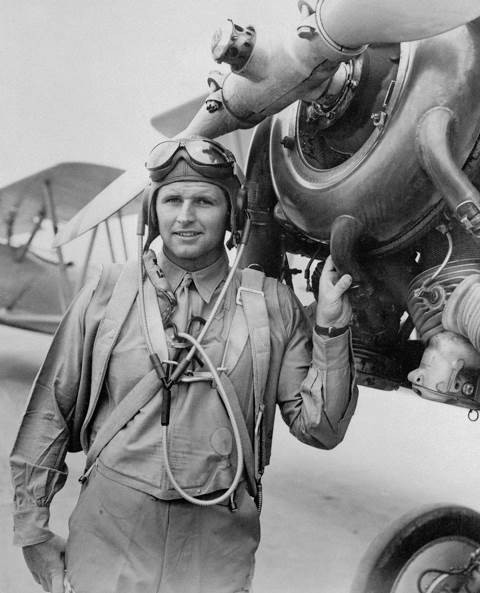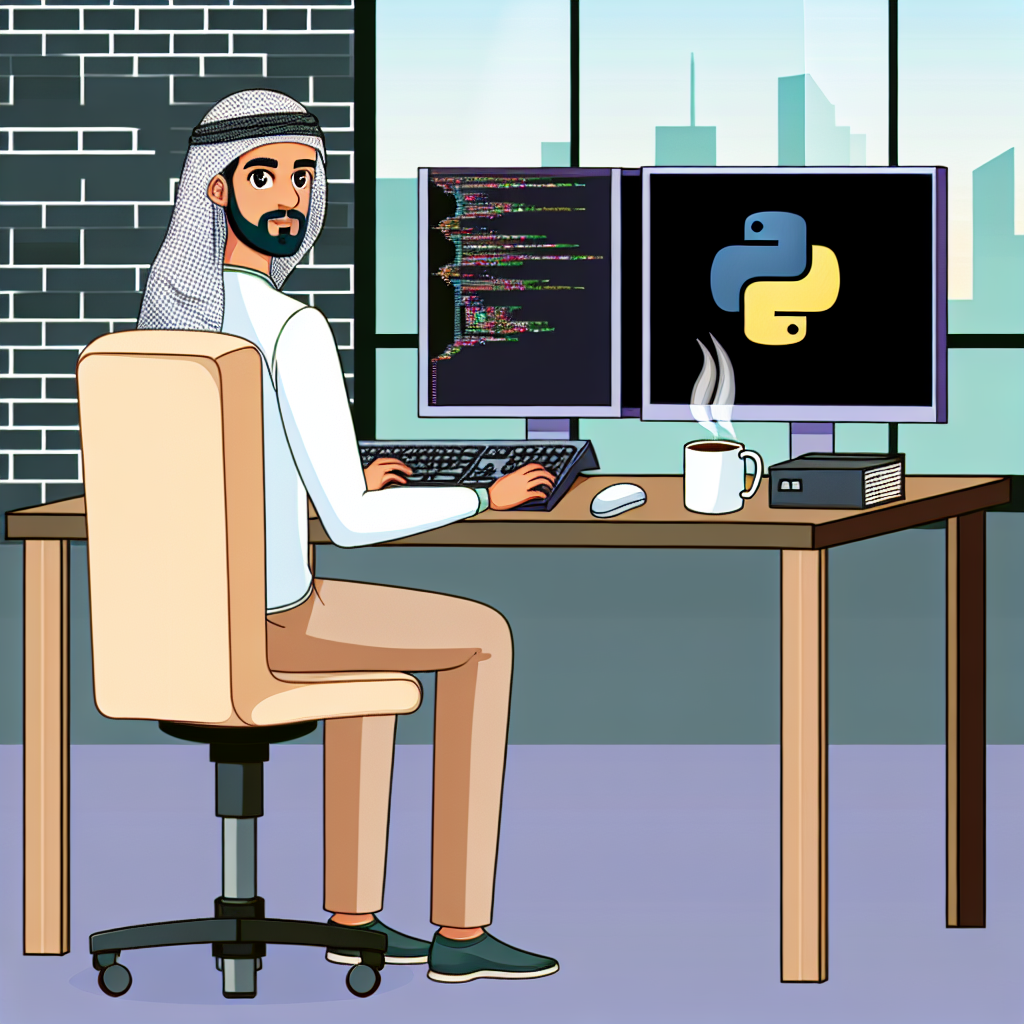From the halls of Harvard to the skies of WWII, the story of Joseph P. Kennedy Jr. is one of sacrifice, duty, and tragedy. Born into one of America’s most powerful and influential families, Joseph Kennedy Jr. followed in his father’s footsteps to make a name for himself as a war hero and a man of honor.
Sadly, his life was cut short when his plane exploded in 1944, leaving a legacy that still resonates today.

Who Was Joseph P. Kennedy Jr?
Joseph P. Kennedy Jr. was the eldest son of Joseph P. Kennedy Sr. and Rose Kennedy, as well as President John F. Kennedy’s older brother. He was born on July 25, 1915, in Hull, Massachusetts. Joseph Jr. was educated at Harvard University after growing up in a wealthy, politically active family.
He was a Navy pilot during WWII and was killed in action on August 12, 1944, at 29, when his plane exploded during a bombing mission over Germany. Despite his early death, Joseph Jr. is remembered as a symbol of sacrifice and service, values that are still held in high regard today.
His story reminds us that, even amid great turmoil and uncertainty, one person can make a difference and inspire others to do the same.
This is why the Kennedy family remains a powerful political force in the United States. And Joseph Kennedy Jr.’s legacy lives on through the Kennedy family’s continued commitment to public service and civic engagement.
Read: The Fascinating Story of Joseph P. Kennedy Sr.
Joseph Kennedy Jr. Childhood and Education
Kennedy was born in Hull, Massachusetts, on July 25, 1915. He and his brother John attended the Dexter School in Brookline, Massachusetts. He graduated from the Choate School in Wallingford, Connecticut, in 1933.
Afterward, he enrolled at Harvard College in Cambridge, Massachusetts, earning a Bachelor of Arts degree in government in 1938. Kennedy was a student council member and participated in football, rugby, and crew.
He then spent a year at the London School of Economics studying under Harold Laski before enrolling at Harvard Law School.
Huge Political Ambitions
Joseph Kennedy Jr. was groomed by his father from a young age to be the first Roman Catholic US president. When he was born, his grandfather, Boston Mayor John F. Fitzgerald, declared, “This child is the future president of the nation.”
Then, he frequently boasted that he would be President even if his father did not help him.
In 1940, he was a delegate from Massachusetts to the Democratic National Convention. In 1946, he intended to run for the United States House of Representatives from Massachusetts’ 11th congressional district.
Before the war, Kennedy had expressed support for Adolf Hitler. But in 1934, his father sent him to Nazi Germany.

Kennedy’s Time in the US Navy
On June 24, 1941, Kennedy enlisted in the US Naval Reserve before finishing his final year of law school at Harvard. On May 5, 1942, he began flight training to become a naval aviator, received his wings, and was commissioned as an ensign.
Then, he was assigned to Patrol Squadron 203 and Bombing Squadron 110. In September 1943, he was sent to Britain, where he joined Bomber Squadron 110, Special Air Unit ONE, in 1944. During two tours in the winter of 1943-1944, he flew land-based PB4Y Liberator patrol bombers on anti-submarine details.
On July 1, 1944, Kennedy was promoted to lieutenant. He had completed 25 combat missions and was eligible to return home. But instead, he volunteered for Operation Aphrodite’s mission.
Read: History of the United States of America
Operations in the Navy and the Death of a Hero
On August 12, Kennedy and his co-pilot Willy flew the Navy’s first Aphrodite mission in a BQ-8 “robot” aircraft (a converted B-24 Liberator). On Saturday, August 12, 1944, at 1800, two Lockheed Ventura mother planes and a Boeing B-17 navigation plane took off from RAF Fersfield in Norfolk, England.
The BQ-8 aircraft took off, carrying 21,170 lb (9,600 kg) of Torpex explosive to be used against the U-boat pens at Heligoland in the North Sea.
Pilot Lt. Robert A. Tunnel and combat cameraman Lt. David J. McCarthy followed them in a USAAF F-8 Mosquito to film the mission from the aircraft’s perspex nose. Kennedy and Willy remained on board as the BQ-8 completed its first remote-controlled turn near the North Sea coast at 2,000 feet (610 meters).
Later, Kennedy and Willy detonated the explosive package by removing the safety pin. Then, Kennedy radioed the agreed-upon code Spade Flush, his last known words. Two minutes later, the Torpex explosive detonated prematurely near RAF Manston, killing Kennedy and Willy instantly.
The wreckage landed near Blythburgh in Suffolk, England, causing widespread damage and small fires, but no one was injured on the ground. According to one report, 59 structures in a nearby coastal town were damaged.
Records and Accounts of Kennedy Jr.’s Death
USAAF records show that the trailing Mosquito flew 300 feet above and about 300 yards behind the robot. The explosion injured an engineer photographer on this ship and caused minor damage to the ship.
The Mosquito, which had an immediate emergency landing at RAF Halesworth, belonged to the 325th Reconnaissance Wing. This was led by President Franklin D. Roosevelt’s son, Colonel Elliott Roosevelt — who claimed to have been aboard the trailing aircraft years later, and his version of events has gained widespread acceptance.
However, Air Force records do not back it up. Instead, the 8th Combat Camera Unit (CCU) reported in an after-action report. As far as we know, the 8th CCU film of the event has not been discovered.
The Aphrodite mission was escorted by the 20th Fighter Group from Kings Cliffe, Northamptonshire. The escort consisted of P-51s from the 55th and 79th Fighter Squadrons, with each squadron providing two planes.
Read: Katherine Johnson: The Black Woman Behind America’s Successful Space Missions
We Design & Develop Websites, Android & iOS Apps
Looking to transform your digital presence? We specialize in creating stunning websites and powerful mobile apps for Android and iOS. Let us bring your vision to life with innovative, tailored solutions!
Get Started Today
Investigating the Death of Joseph Kennedy Jr.
Drone operations were stopped for a month while equipment was re-evaluated and modified, and there would be no further Navy missions.
After debating several theories, the Navy’s informal board of review dismissed any likelihood that the crew made a mistake or that suspected jamming or a stray signal could have armed and detonated the explosives.
Earl Olsen, an electronics officer who suspected the wiring harness had a design flaw, had warned Kennedy the day before the mission but was ignored.
Later reports that Kennedy’s final mission was kept secret for many years are debunked by a well-detailed public account of the infamous operation and Kennedy’s death published in 1945.
Commemoration and Recognition
Kennedy and Willy received the Navy Cross, the Air Medal, and the Purple Heart Medal after their deaths. Their names appear on the Tablets of the Missing at the Cambridge American Cemetery and Memorial, a cemetery and chapel near the village of Madingley in Cambridgeshire that commemorates Americans who died during World War II.
Later, a commemorative headstone (cenotaph) for Joseph P. Kennedy Jr. was designed and built at Arlington National Cemetery. Another memorial to him can be found inside the fortress of Mimoyecques in France.
Joseph P. Kennedy Jr.’s Navy Cross Citation
The President of the United States of America presented the Navy Cross (after death) to Lieutenant Joseph Patrick Kennedy, United States Navy. This was for extraordinary heroism in enemy operations while serving as Commander of a Navy Liberator Patrol Plane in Bombing on August 12, 1944.
During a special air mission directed at Mimoyecques, France. Lieutenant Kennedy volunteered to conduct an exceptionally hazardous and special operational mission — despite knowing the extreme dangers involved and being completely unconcerned about his safety.
The Legacy of Joseph Kennedy Jr.
Despite his short life, Kennedy Jr. had already begun to make a name for himself as a charismatic and ambitious young man. Hence, his death was a great loss to his family and the country as a whole.
Many people believed that he would have followed in his father’s footsteps and pursued a political career, which was true. And he would have been a successful politician.
Kennedy Jr.’s legacy lives on in the Kennedy family’s ongoing political involvement, particularly through his brother, John F. Kennedy, who went on to become the 35th President of the United States. But unfortunately, he also didn’t carry on for too long.
His legacy is also remembered through the JFK Presidential Library and Museum, built in his honor, and now serves as a lasting tribute to his life and legacy.
Kennedy Jr.’s death also left a deep emotional impact on his family, particularly on his brother John. John’s emotional reaction to his brother’s death is said to have been one of the reasons that inspired him to create the Peace Corps. This was established in 1961 to promote peace and understanding between people of different cultures and nations.
The Kennedy family established the Joseph P. Kennedy Jr. Foundation in 1947 and funded the construction of the Joseph P. Kennedy Jr. Memorial Hall at Boston College. However, it is now a part of Campion Hall and houses the college’s Lynch School of Education.
The foundation was led by his youngest brother, US Senator Edward Kennedy, until his death in August 2009. With funds from the Joseph P. Kennedy Jr. Foundation, the Lieutenant Joseph Patrick Kennedy Junior Memorial Skating Rink opened in Hyannis, Massachusetts, in 1957.
Before you go…
Hey, thank you for reading this blog to the end. I hope it was helpful. Let me tell you a little bit about Nicholas Idoko Technologies. We help businesses and companies build an online presence by developing web, mobile, desktop, and blockchain applications.
We also help aspiring software developers and programmers learn the skills they need to have a successful career. Take your first step to becoming a programming boss by joining our Learn To Code academy today!
Be sure to contact us if you need more information or have any questions! We are readily available.
Put Your Tech Company on the Map!
Get featured on Nicholas Idoko’s Blog for just $200. Showcase your business, boost credibility, and reach a growing audience eager for tech solutions.
Publish Now










